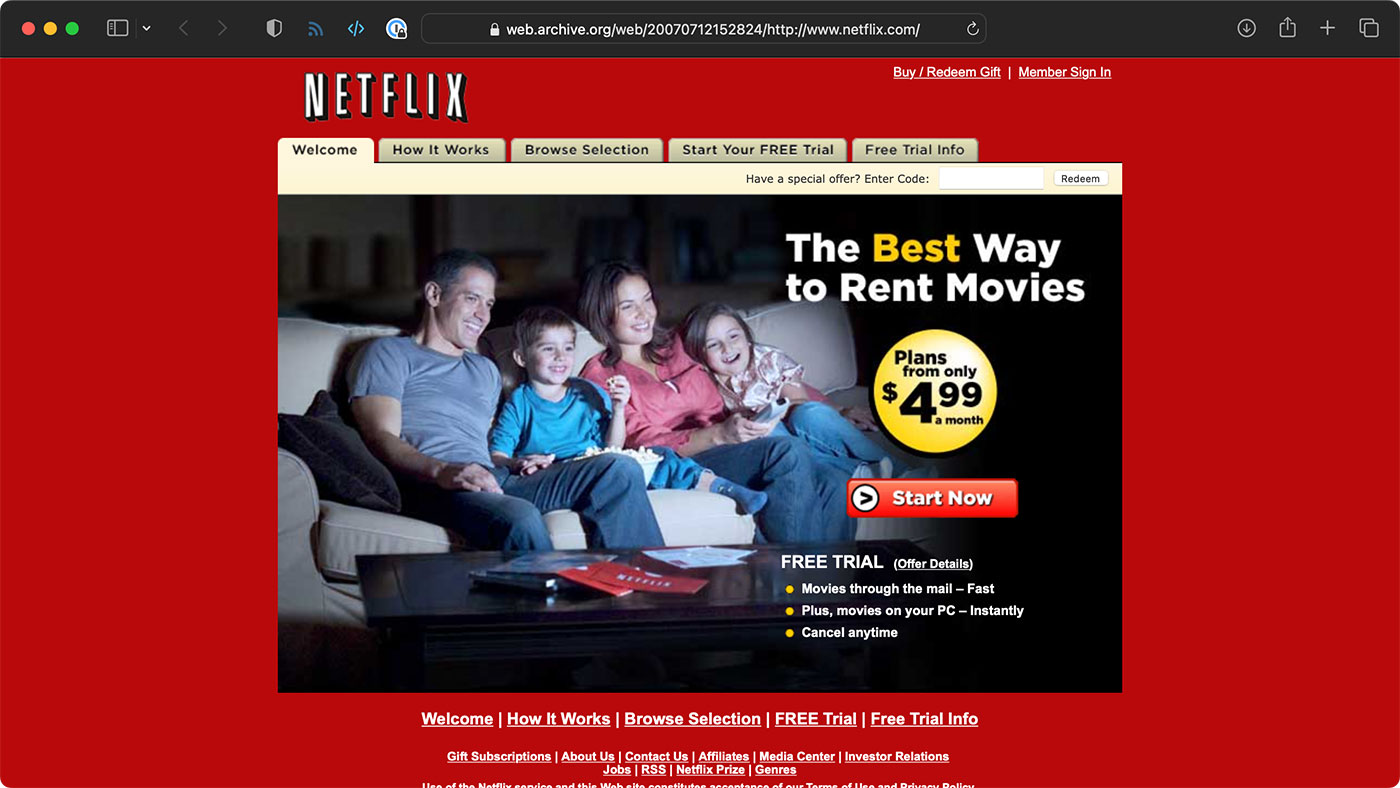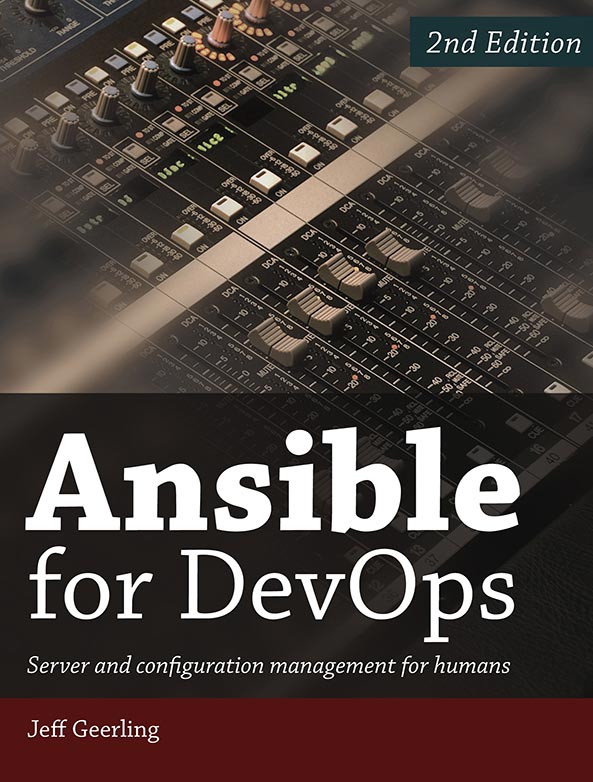Self-published Ansible book – 87k copies, 300k revenue, 41 revisions
I just published the 41st revision of my self-published book Ansible for DevOps, which has sold 87,234 copies as of this writing across LeanPub, Amazon (Kindle and paperback), and iBooks.
There are multiples of that number of eBooks downloaded, as I've never DMCA'ed the sites that re-host the book illegally. I just... provide new and better versions. People who download the illegal copies know they can come to me for the best reading experience. Plus, I provide free updates forever for anyone who's purchased or gotten the book free on LeanPub.
My self-published book earned $300,000+ in revenue over the past 9 years, and still earns enough every month to pay my health insurance bill (sans deductible)—which has soared to beyond $2,000/month! (Living with a pre-existing condition in the USA is... bad.)

